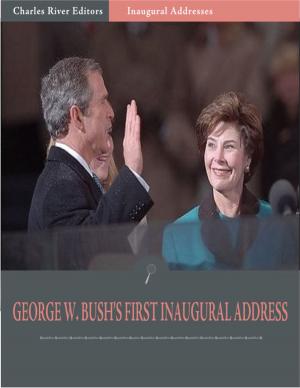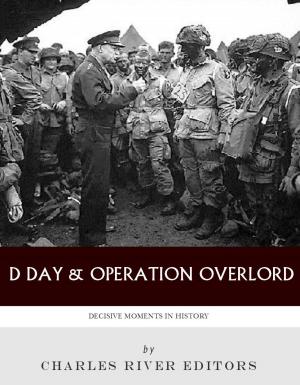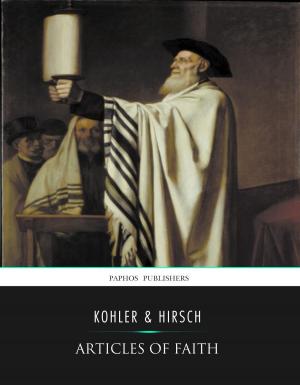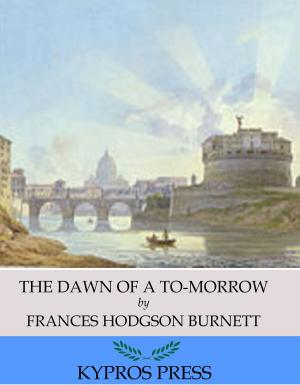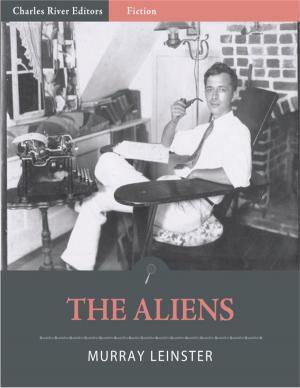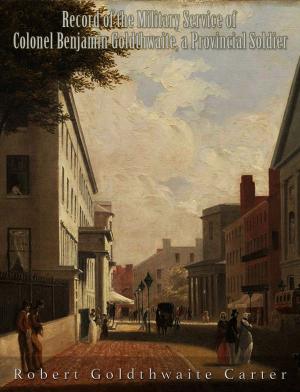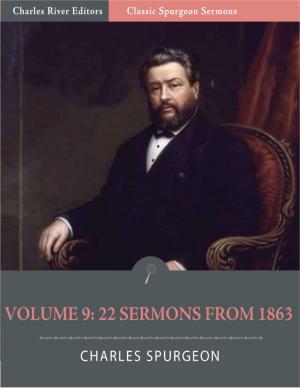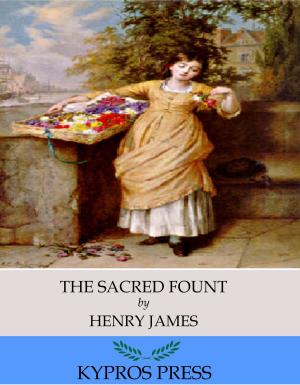American Outlaws: The Life and Legacy of Baby Face Nelson
Nonfiction, History, Americas, United States, 20th Century, Biography & Memoir, Historical| Author: | Charles River Editors | ISBN: | 9781475320527 |
| Publisher: | Charles River Editors | Publication: | December 25, 2012 |
| Imprint: | Language: | English |
| Author: | Charles River Editors |
| ISBN: | 9781475320527 |
| Publisher: | Charles River Editors |
| Publication: | December 25, 2012 |
| Imprint: | |
| Language: | English |
*Comprehensively covers Baby Face Nelson's most notorious shootouts and robberies, his relationship with John Dillinger, and the fatal Battle of Barrington.*Includes pictures of Baby Face Nelson and important people and places in his life.*Includes a Bibliography for further reading.*Includes a Table of Contents. He had a baby face. He was good looking, hardly more than a boy, had dark hair and was wearing a gray topcoat and a brown felt hat, turned down brim." The wife of Chicago Mayor Big Bill Thompson describing the man who attacked her and stole her jewelry in October 1930. America has always preferred heroes who werent clean cut, an informal ode to the rugged individualism and pioneering spirit that defined the nation in previous centuries. The early 19th century saw the glorification of frontier folk heroes like Davy Crockett and Daniel Boone. After the Civil War, the outlaws of the West were more popular than the marshals, with Jesse James and Billy the Kid finding their way into dime novels. And at the height of the Great Depression in the 1930s, there were the public enemies, common criminals and cold blooded murderers elevated to the level of folk heroes by a public frustrated with their own inability to make a living honestly.The man who became Public Enemy Number One after the deaths of John Dillinger and Pretty Boy Floyd was Lester Joseph Gillis, whose alias George Nelson eventually gave way to the nickname Baby Face Nelson. Despite the almost playfully innocent nickname, and the fact that he was not as notorious as two of his partners in crime, Dillinger and Floyd, Baby Face Nelson was the worst of them all. In an era where the outlaws were glorified as Robin Hood types, Baby Face was a merciless outlier who pulled triggers almost as fast as he lost his temper. By the time fate caught up with Baby Face Nelson in November 1934 at the Battle of Barrington, a shootout that left his body riddled with nearly 20 bullet holes, he was believed to have been responsible for the deaths of more FBI agents than anybody else in American history. It was a distinction he would have appreciated; during one bank robbery, Baby Face Nelson gleefully screamed I got one! after shooting police officer Hale Keith several times. Due to his association with Dillinger and his own crime spree, Baby Face Nelson became a fixture of pop culture and was the main character in a few Hollywood films two decades after his death. Though he is not remembered as colorfully as Dillinger or Bonnie and Clyde, he is often remembered paradoxically as being a devoted family man who even had his wife and children on the run with him. American Outlaws: The Life and Legacy of Baby Face Nelson looks at the life and crime of the famous outlaw, but it also humanizes him and examines his lasting legacy. Along with pictures of Baby Face Nelson and important people, places, and events in his life, you will learn about the infamous public enemy like you never have before, in no time at all.
*Comprehensively covers Baby Face Nelson's most notorious shootouts and robberies, his relationship with John Dillinger, and the fatal Battle of Barrington.*Includes pictures of Baby Face Nelson and important people and places in his life.*Includes a Bibliography for further reading.*Includes a Table of Contents. He had a baby face. He was good looking, hardly more than a boy, had dark hair and was wearing a gray topcoat and a brown felt hat, turned down brim." The wife of Chicago Mayor Big Bill Thompson describing the man who attacked her and stole her jewelry in October 1930. America has always preferred heroes who werent clean cut, an informal ode to the rugged individualism and pioneering spirit that defined the nation in previous centuries. The early 19th century saw the glorification of frontier folk heroes like Davy Crockett and Daniel Boone. After the Civil War, the outlaws of the West were more popular than the marshals, with Jesse James and Billy the Kid finding their way into dime novels. And at the height of the Great Depression in the 1930s, there were the public enemies, common criminals and cold blooded murderers elevated to the level of folk heroes by a public frustrated with their own inability to make a living honestly.The man who became Public Enemy Number One after the deaths of John Dillinger and Pretty Boy Floyd was Lester Joseph Gillis, whose alias George Nelson eventually gave way to the nickname Baby Face Nelson. Despite the almost playfully innocent nickname, and the fact that he was not as notorious as two of his partners in crime, Dillinger and Floyd, Baby Face Nelson was the worst of them all. In an era where the outlaws were glorified as Robin Hood types, Baby Face was a merciless outlier who pulled triggers almost as fast as he lost his temper. By the time fate caught up with Baby Face Nelson in November 1934 at the Battle of Barrington, a shootout that left his body riddled with nearly 20 bullet holes, he was believed to have been responsible for the deaths of more FBI agents than anybody else in American history. It was a distinction he would have appreciated; during one bank robbery, Baby Face Nelson gleefully screamed I got one! after shooting police officer Hale Keith several times. Due to his association with Dillinger and his own crime spree, Baby Face Nelson became a fixture of pop culture and was the main character in a few Hollywood films two decades after his death. Though he is not remembered as colorfully as Dillinger or Bonnie and Clyde, he is often remembered paradoxically as being a devoted family man who even had his wife and children on the run with him. American Outlaws: The Life and Legacy of Baby Face Nelson looks at the life and crime of the famous outlaw, but it also humanizes him and examines his lasting legacy. Along with pictures of Baby Face Nelson and important people, places, and events in his life, you will learn about the infamous public enemy like you never have before, in no time at all.


